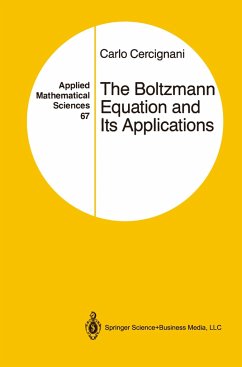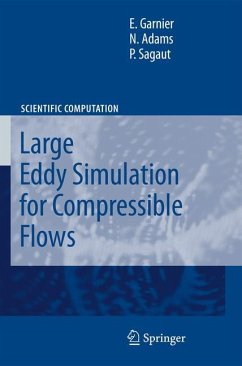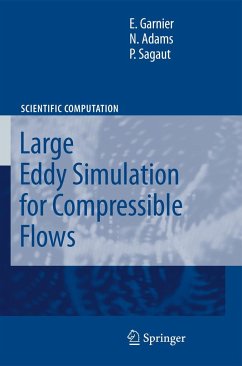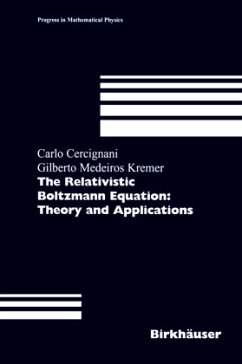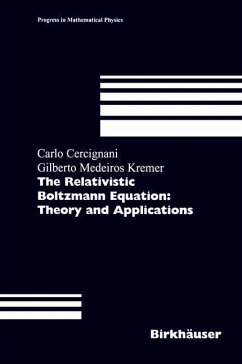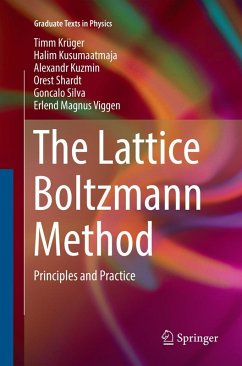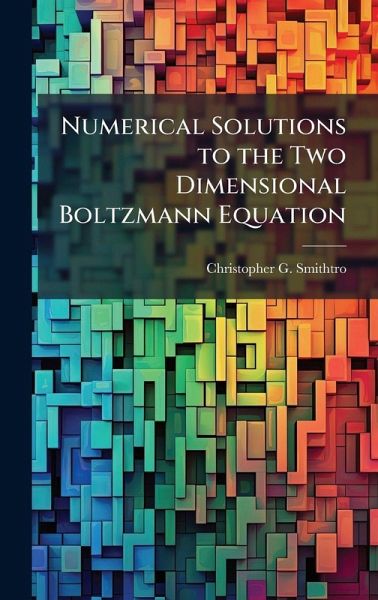
Numerical Solutions to the Two Dimensional Boltzmann Equation
Versandkostenfrei!
Versandfertig in über 4 Wochen
29,99 €
inkl. MwSt.
Weitere Ausgaben:

PAYBACK Punkte
15 °P sammeln!
A strict kinetic, two-dimensional model of the electron kinetics within a glow discharge positive column is developed. The problem is solved in cylindrical geometry using the standard two-term Legendre expansion of the electron velocity distribution function. The model establishes a steady state solution, such that the net ionization rate is exactly balanced by the wall loss. In addition to a thorough analytic development, we present the numerical techniques used to solve the resulting elliptic partial differential equation, including an efficient method to treat sparse banded matrices. The mo...
A strict kinetic, two-dimensional model of the electron kinetics within a glow discharge positive column is developed. The problem is solved in cylindrical geometry using the standard two-term Legendre expansion of the electron velocity distribution function. The model establishes a steady state solution, such that the net ionization rate is exactly balanced by the wall loss. In addition to a thorough analytic development, we present the numerical techniques used to solve the resulting elliptic partial differential equation, including an efficient method to treat sparse banded matrices. The model is validated against published results, local and nonlocal kinetic approximations, and a previous Monte Carlo treatment. Having created a working model, we conduct an investigation into current flow within the solution area of a neon column, made possible by this 2-D treatment. Furthermore, we investigate the range of applicability of the earlier local and nonlocal kinetic approximations and finally present a short discussion on the effect different forms of wall loss have on the overall distribution function. This work has been selected by scholars as being culturally important, and is part of the knowledge base of civilization as we know it. This work was reproduced from the original artifact, and remains as true to the original work as possible. Therefore, you will see the original copyright references, library stamps (as most of these works have been housed in our most important libraries around the world), and other notations in the work. This work is in the public domain in the United States of America, and possibly other nations. Within the United States, you may freely copy and distribute this work, as no entity (individual or corporate) has a copyright on the body of the work. As a reproduction of a historical artifact, this work may contain missing or blurred pages, poor pictures, errant marks, etc. Scholars believe, and we concur, that this work is important enough to be preserved, reproduced, and made generally available to the public. We appreciate your support of the preservation process, and thank you for being an important part of keeping this knowledge alive and relevant.




